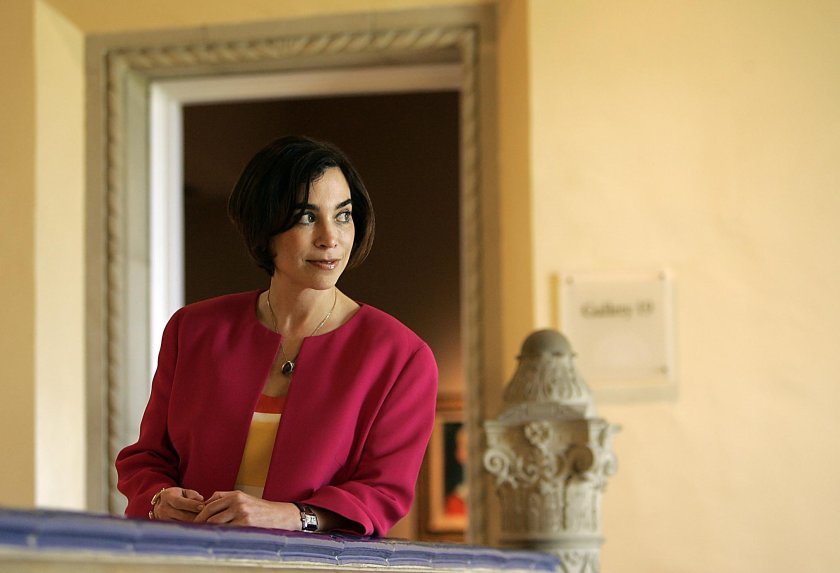
About art and humankind by Roxana Velásquez
#art #creativityinpandemic #humankind #SanDiegoMuseumofArtThe executive director of The San Diego Museum of Art sees the pandemic as an opportunity for creativity
Throughout her decade as executive director of The San Diego Museum of Art and her many years in leadership of the top museums in all of Mexico, Roxana Velásquez has been focused on making the art world accessible to people of all backgrounds.
On how she got into art:
I’m really very fortunate because I was surrounded by art since I was born. I grew up in Mexico City and of course the art there is all over, it’s on the streets. I had the real fortune to have parents that loved and understood very well the relevance of art. They appreciate concerts and piano. I studied piano, classic piano, as my siblings did. That was a regular thing to do. And attending museums and visiting pre-Columbian ruins and temples or 20th century masterpieces was our every week. There was no option. The schools also took you to museums. That was part of the curriculum. It comes from my parents, from the place I was educated and grew up, but also comes from the real, fundamental constitution of the country. In the Mexican Constitution, the culture and art is a right to every citizen.
On curation:
First of all, you start by seeing, what do you have in your collection? What are the strengths? Because not every museum has the same quality of the same amount of things. The San Diego Museum of Art is the — with a capital ‘T’ — the museum of art for San Diego, and it was created by our founders having the Spanish and the Hispanic art in mind. So if you see our building and you see Velásquez and Zurbarán and Rivera and El Greco carved in the facade and if you always take a little minute to think, this was inspired in Salamanca, Spain, in the university. There was a will to make understandable the richness of the Hispanic culture. I had to build on that strength. With those names, we’re one of the best collections of Spanish art outside Spain. You should know that, and of course, we should all be so proud because it’s been recognized as such. There are books published — I participated in all of those — and it’s about San Diego having that.
On what art teaches you about humankind:
Artists are in a special category. They are seventh heavens, if you think of Dante or classicism, literature. They are in the upper scale of the thinkers. That’s the way we have been presented. What I have learned through art is exactly the opposite. The artists are regular people, common human beings as you and me and anybody with a special talent and capacity to see things. But they are not these gods who were born — they have a talent and they work through that. Instead of sacralizing, it’s bringing them to earth and trying to make them more approachable. They’re special talents and we should look at them like that.
Of course, they’re the best talents for me because that’s what I’m attracted to. But all humans have vices and virtues. Everybody has a dark and a light side. We all have fears and we all have to surpass challenges and we are very much alike. We all have hopes and there are things that scare us, no matter how you present yourself. So the art allows me to contemplate everybody in the same scale. It really makes us humble. Everyone standing in from of “La Guernica” by Picasso is humbled. … I always say, get to see a work of art and stand in front of it and that really will reposition who we are as humans.
Click here to accede the original article and to listen a podcast.
Image: Roxana Velásquez has been a busy woman lately, trying to learn as much as she can about the city before forming a concrete plan for the San Diego Museum of Art. JOHN GASTALDO • U-T







